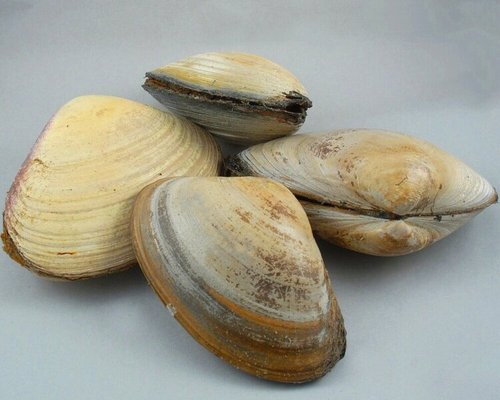Seafood Guides
Intershell's is here to help provide guidance and knowledge on various seafood species, covering everything from proper storage and origin to preparation techniques and ideas.
To learn more about the specific species you are handling, simply select the seafood guide that interests you.
-

Live Lobsters & Crab
-

Storing & Shucking Scallops
-

Surf Clams, Quahogs, Razor, Steamers
-

Storing & Shucking Oysters
-

Storing & Cleaning
-

Storing & Opening Urchin
-

Storing & Cooking Snails & Conch
1
/
of
7








